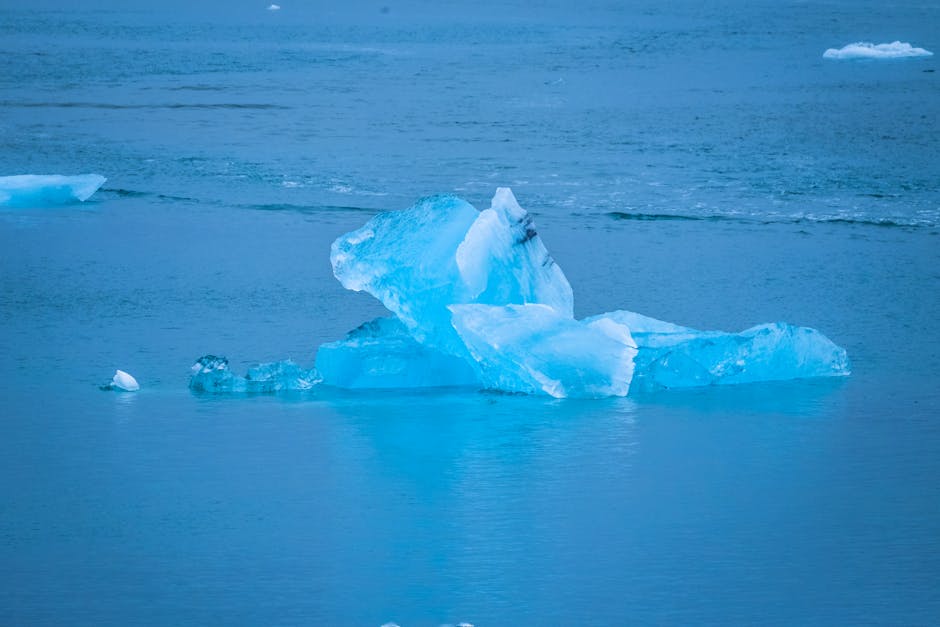Antarctica's Climate Crisis: A Tipping Point for Global Sea Levels

Antarctica's Climate Crisis: A Tipping Point for Global Sea Levels
In a world already grappling with the consequences of climate change, the looming crisis in Antarctica represents a potentially catastrophic escalation. Recent findings published in the journal Nature highlight how irreversible changes in this remote continent might lead to a multi-meter rise in global sea levels, thereby threatening coastal communities and ecosystems worldwide.
The Unfolding Reality of Antarctica’s Climate Shift
Immediate Changes and Global Impacts: The research spearheaded by Dr. Nerilie Abram and an international consortium of experts points to rapid, alarming shifts in the Antarctic ice, oceans, and ecosystems. The West Antarctic Ice Sheet, in particular, is under severe threat and could lead to sea level rises that are both abrupt and devastating. This phenomenon, driven by increasing atmospheric CO2 levels, showcases a dangerous feedback loop where retreating sea ice exposes darker ocean waters, thereby absorbing more heat and accelerating global warming.
Scientific Consensus on Catastrophic Risks: It isn’t just about rising waters; the destabilization of ice shelves and loss of biodiversity also pose severe threats. These changes, already in motion, could have dire consequences for billions of people living in coastal areas, emphasizing the urgent need for global policy shifts and emission cuts.
Comparative Analysis: Antarctica and Arctic Environmental Shifts
While both polar regions of Earth are experiencing significant environmental changes, the dynamics and implications of these shifts vary. The Arctic is warming twice as fast as the global average, affecting local wildlife and indigenous populations. In contrast, Antarctica's changes directly influence global sea levels and broader climate patterns due to its massive ice sheets.
Key Differences in Impact
The Arctic's changes might seem more immediate to populations in the northern hemisphere, affecting weather patterns and hastening the disappearance of permafrost. However, Antarctica’s changes have a more profound global reach, potentially locking in sea level rises that could redraw coastlines worldwide.
"The fate of Antarctica is intricately tied to global climate policy and emissions pathways. Decisions made now will determine whether catastrophic, irreversible impacts—especially multi-meter sea level rise—unfold within this century and beyond."
Looking Ahead: Strategies and Adaptations
Urgent Global Response Required: The consensus among scientists is clear—limiting global temperature rise to 1.5°C is crucial. This target is not merely aspirational but a necessary benchmark to stave off the worst impacts of Antarctic changes, including substantial sea level rise and global ecological disruptions.
Role of International Cooperation: Enhanced research cooperation and robust climate strategies are essential to navigate and possibly mitigate these shifts. Nations around the globe, especially those with coastal cities, must prioritize adaptive strategies while contributing to global emissions reductions.
Conclusion: Navigating a Path Forward
Antarctica’s escalating climate crisis serves as a stark reminder of the interconnectedness of global ecosystems and the urgency of collective action. This is more than an environmental issue; it's a matter of international security, economic stability, and human survival. The strategic importance of Antarctic research and proactive policy measures cannot be overstated—as the thresholds we are nearing may not offer a second chance once crossed.
